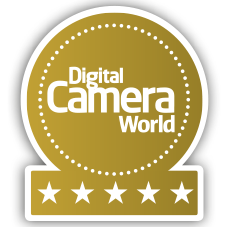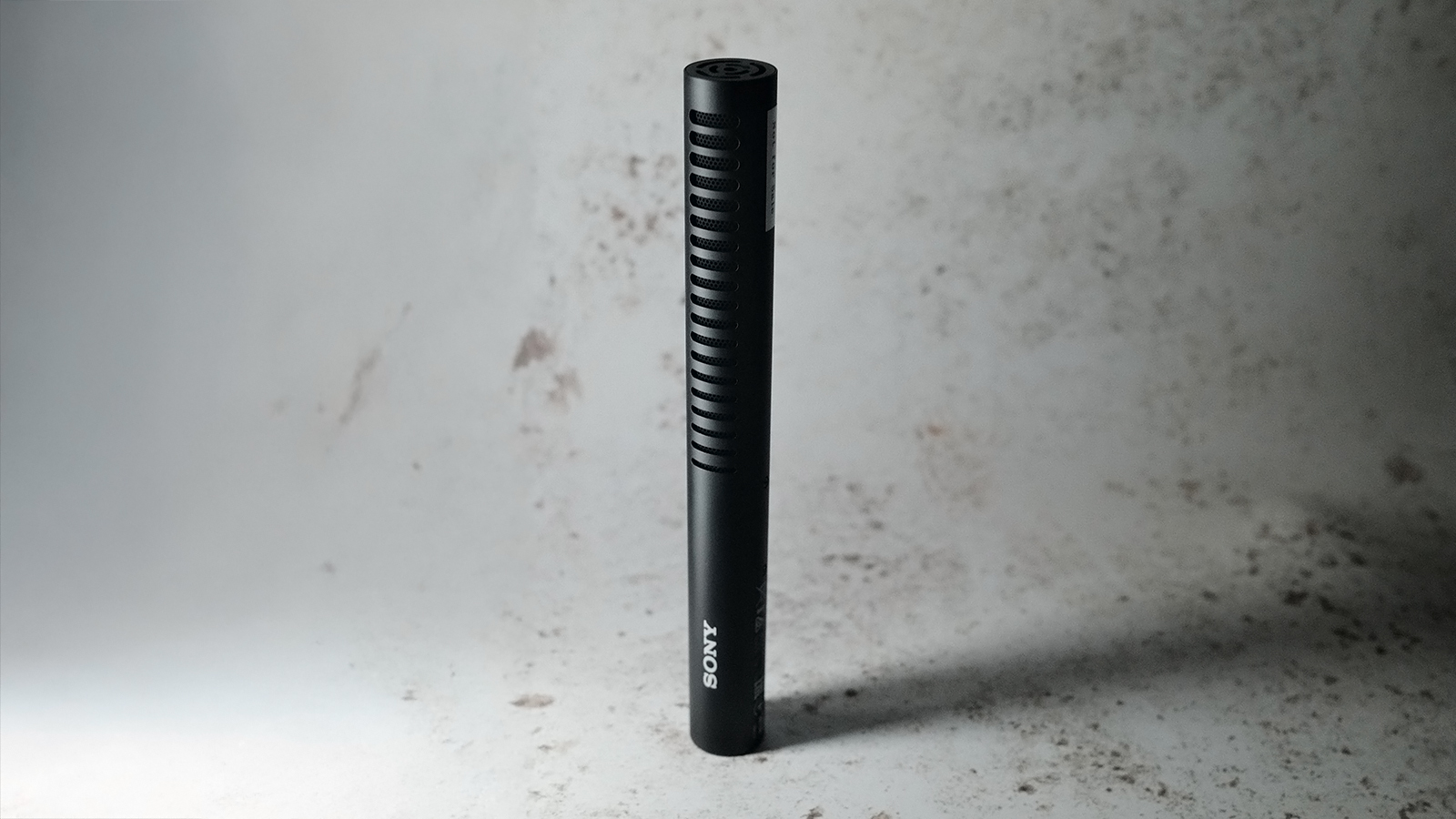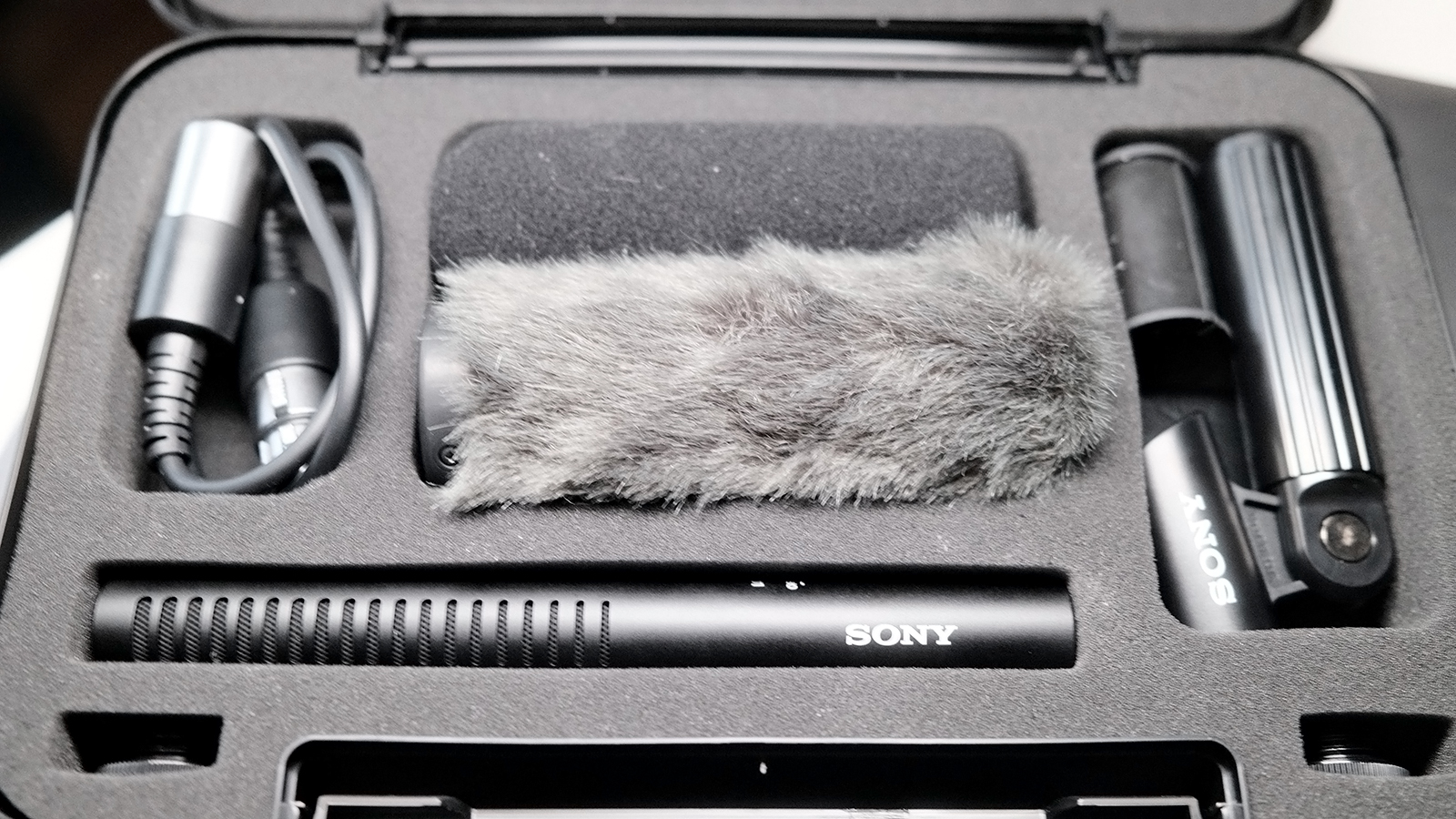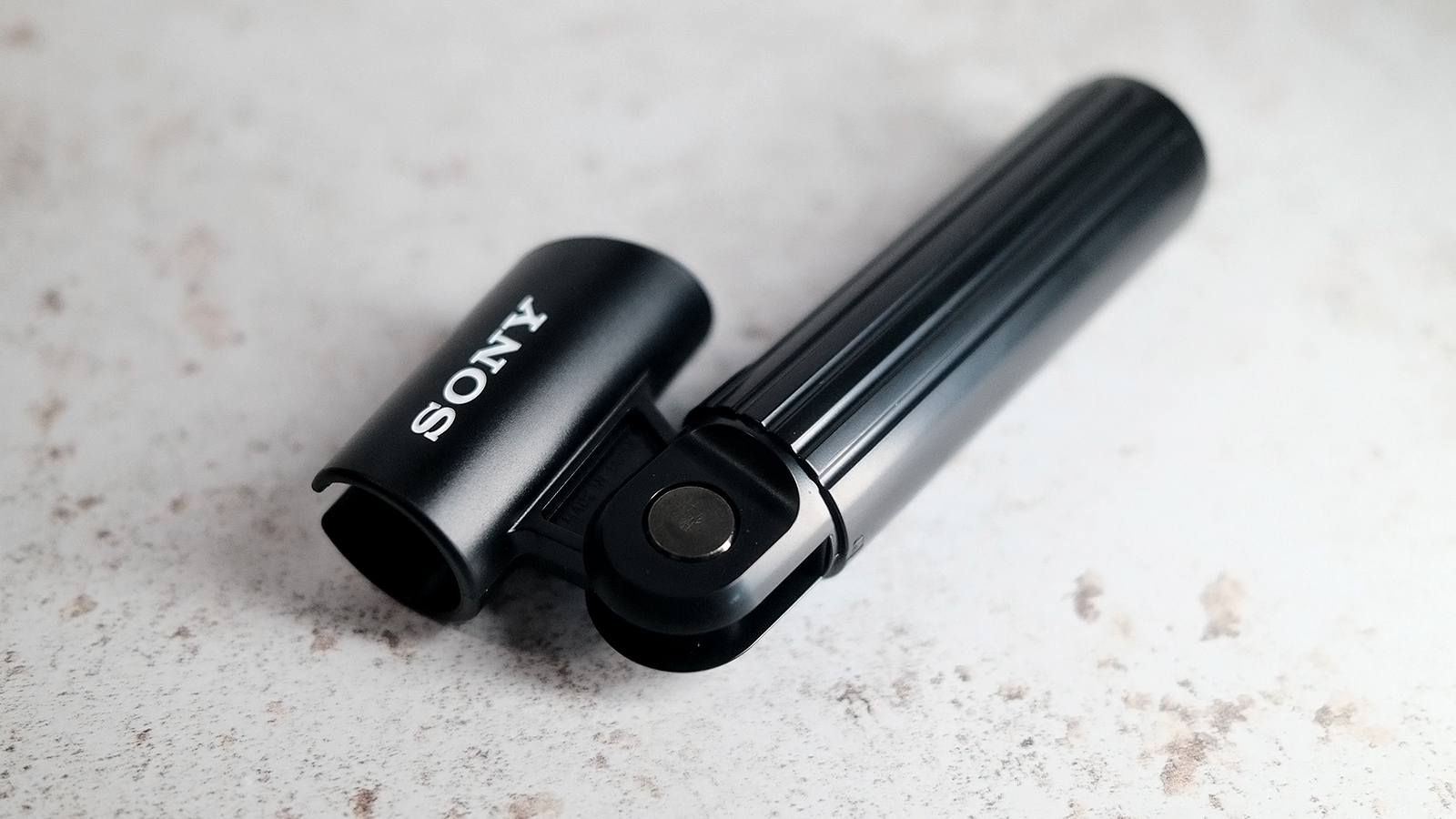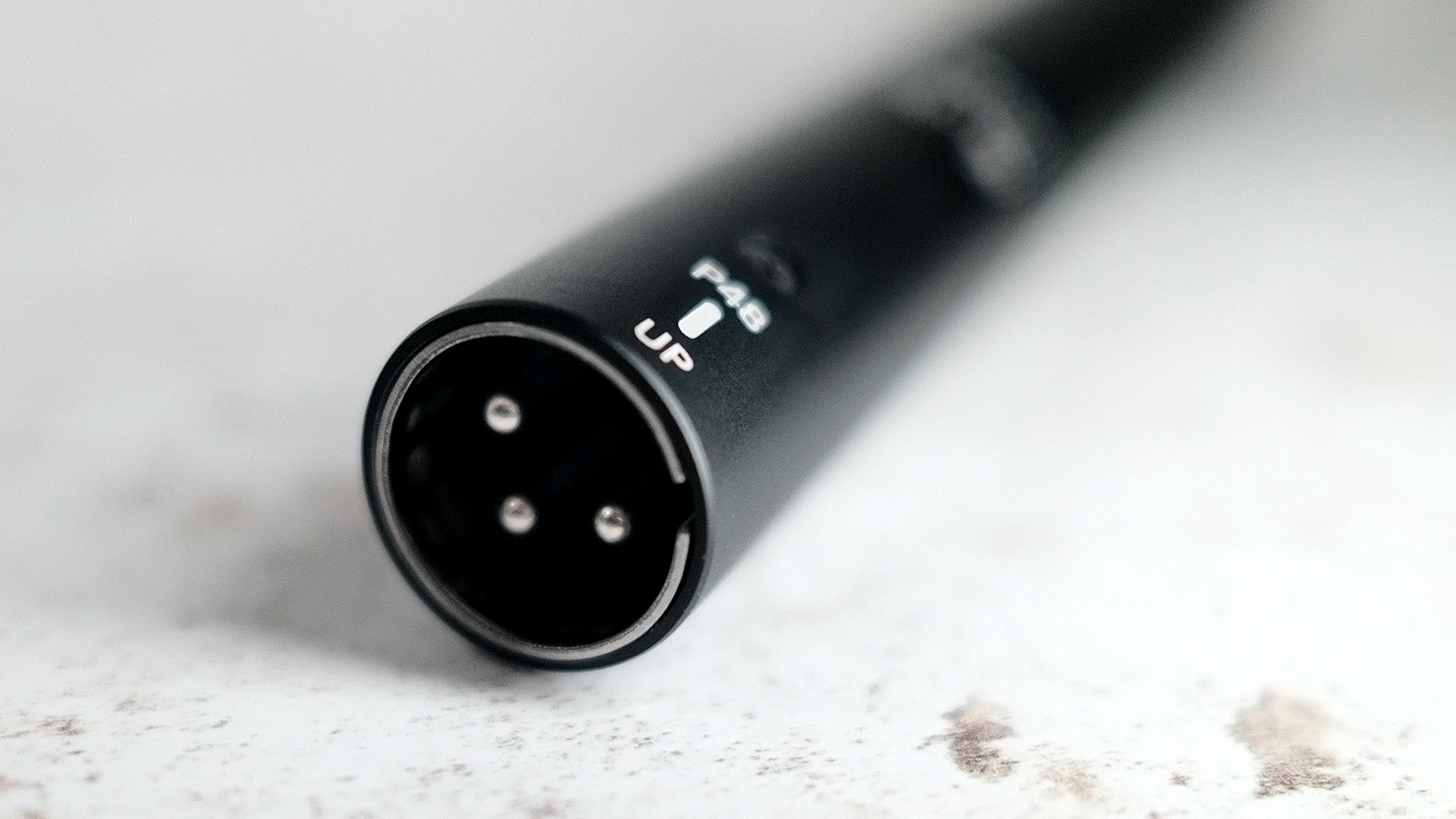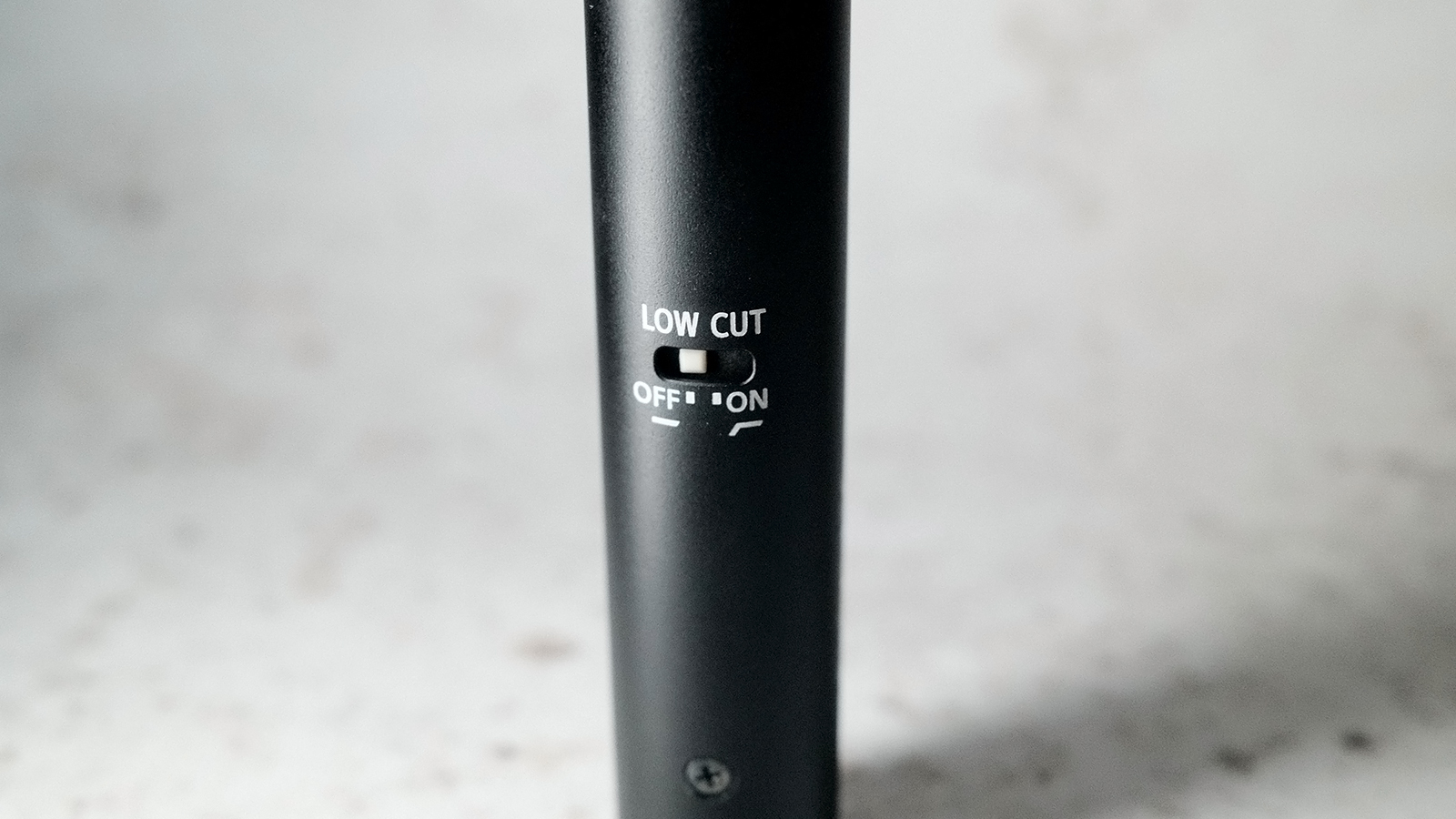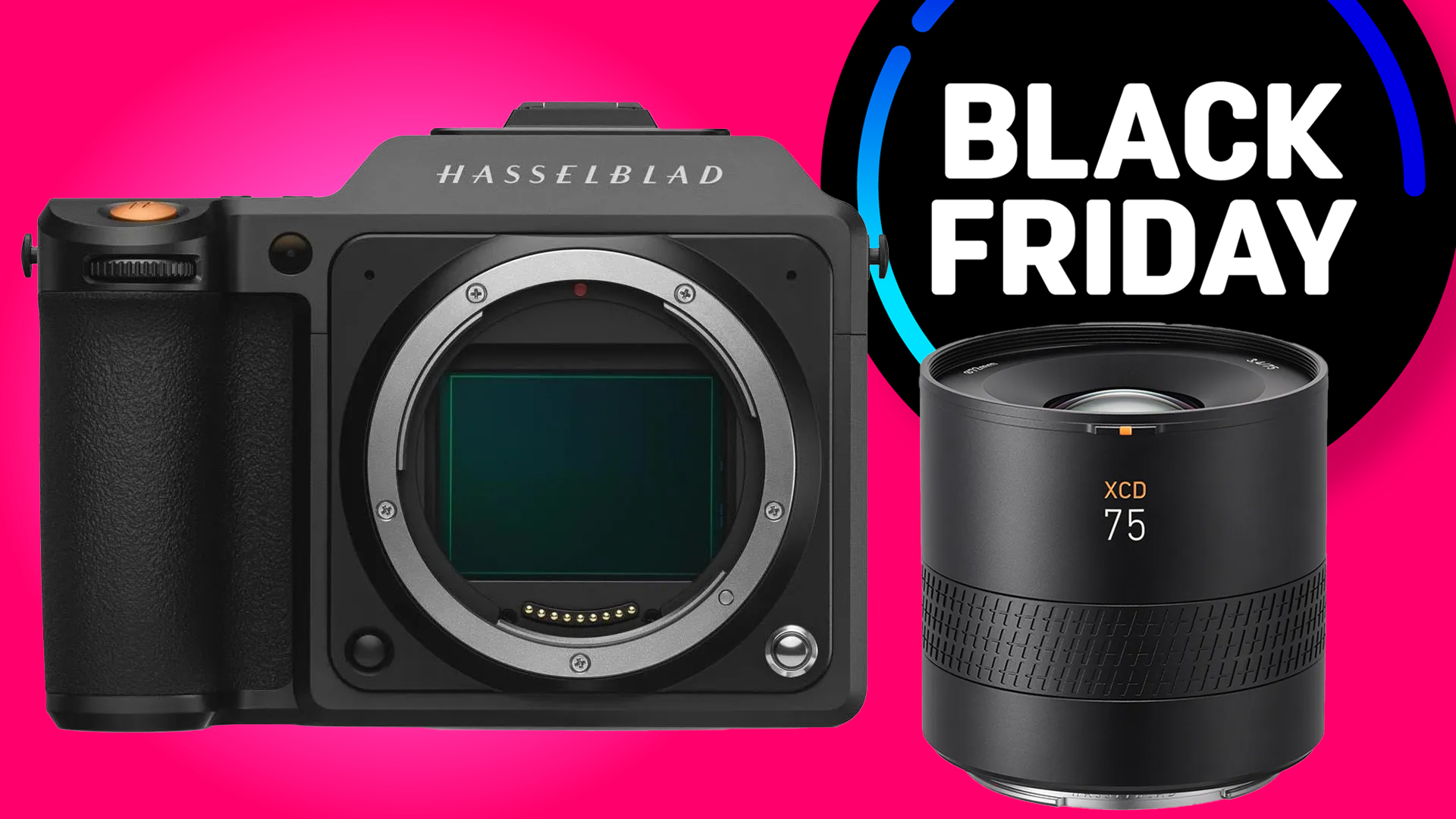Digital Camera World Verdict
The ECM-778 is a fantastic mic. It combines a very usable form factor with excellent sound quality. The response is very smooth and flat, while the directional control is top tier, making this perfect for all manner of uses.
Pros
- +
Small and lightweight
- +
Excellent sound quality
- +
Directional control is extremely good
- +
Low signal to noise ratio
Cons
- -
Might be too pricey for some
Why you can trust Digital Camera World
Although there are a few types of microphones for filmmaking, the most common type used for general filmmaking is the shotgun, whether that be a small battery-powered cold shoe-mounted mic or a larger, phantom-powered option. Of course, there are wireless and lavaliers too, but for daily use, the shotgun is king.
Shotgun mics have a fairly similar feature set and build type, no matter which end of the budget they come in at. At the cheaper end, there are many options, although Rode seems to have dominated for a while now.
At the upper end, things are a bit different. Many sound recordists, supervisors, and solo shooters have adopted a favourite mic, with the Sennheiser MKH416 being particularly loved. Sony, with its new ECM-778, is looking to take that top spot away, by way of form factor and sound quality.
I studied sound design at university and have a keen interest in all aspects of this and believe that good sound is equal to, if not more important than, good image quality. With that in mind, I spent some time testing the ECM-778 to see what it has to offer.
Sony ECM-778: Specifications
Length | 176mm |
Power | Phantom via XLR |
Type | Cardioid |
Filter | Low cut |
Form factor | Shotgun |
Sony ECM-778: Price
At $1,119 / £930, this is an expensive mic and you’d be forgiven for turning your eyes toward a cheaper, lower-end offering, but I urge you not to. Good glass and good audio will serve you far better than the latest camera body or gimbal. The price is high here, but it is worth every penny.
Sony ECM-778: Design & Handling
The ECM-778 ships in a rigid case, along with a number of accessories. These include a 30cm XLR cable, both foam and fur wind shield, a mic clip, and an adaptor to boost the diameter of the mic for standard mic clips. I’m not a fan of adapters. It’s just one more thing to break or be misplaced, but in this case, it’s a trade-off I’m more than happy with, as the size of the ECM-778 is so much better than having to deal with a large mic that can interfere with the frame. At least when mounted on a camera. This adapter could also help with other mounting solutions like boom arms, although the supplied clip could be used too. The adapter is a soft rubber sleeve that will also help mitigate any noise from slight movement in use.
Both windshields are good quality, they fit well, unlike some others I’ve used, with no slippage.
The best camera deals, reviews, product advice, and unmissable photography news, direct to your inbox!
The mic itself has a solid metal acoustic tube that feels very rugged, although small and light. One of the big benefits of this mic is the form factor. At under 20cm, it’s really very compact, especially given how it performs, which I’ll talk about later. If you tend towards mounting on your camera, you’ll appreciate this even more, as any extra weight adds up quickly. As mentioned before, the shorter overall length means that it stays out of frame as well, something that can be a real issue with longer shotgun mics.
There aren’t many controls on the ECM-778. Just a single recessed switch for the low-cut filter. This is a tiny switch, so it will mean using a small tool to adjust, but personally, I’d leave it on all the time anyway, as it does a good job.
It shouldn’t be easy to mess up a simple XLR port, but I have tested mics before, where there was a large amount of slop and play, which really doesn’t inspire confidence. Luckily, the Sony snaps in beautifully and stays in place very well.
The case is a sleek affair, just big enough to hold everything with foam padding to protect in transport, rounding off a very nicely put-together package.
Sony ECM-778: Performance
Let's start with the physical attributes of the ECM-778. I mentioned already that the form factor here is good, but I want to reinforce that. The size and weight really make a lot of difference to the overall user experience, but shotgun mics tend to be long for a reason, and that is for directional control. A longer acoustic tube (effectively the part of the metal body that sits forward of the capsule) lends itself to making sure sound is picked up more strongly from the front, cutting what’s recorded from the sides and rear.
Somehow, the boffins at Sony have managed to give a fantastically directional capture to a mic with a really short body. I’ve seen others that are good at this while being almost as short, but they didn’t sound anywhere near as good. The openings in the side here help to ensure the recording doesn’t sound like it’s been recorded in a tin can.
A shorter mic also balances better. When you think of where you attach a mic to the clip (usually close to the rear), you can see how it’s easy for a longer body to dip. The ECM-778’s short body balances incredibly well, ensuring that the front of the mic is facing where you want it.
This is great news in any situation, but vital on location. If you don’t have the option of wiring your talent with a lav, a shotgun might be the only option, and you really don’t want to be dealing with intrusive ambient sounds, wind noise, and so on. Similarly, if you are a documentary maker, shooting on your own, a shotgun can be the best solution. The ECM-778 deals very well in these situations, and that low-cut filter aids in reducing unwanted noise, too.
That’s only part of the equation, though. Frequency response is a big part of the picture. Good directional control only takes you so far. If your results are lacking in clarity, overly bass-heavy, or demonstrate painfully harsh highs, that is much harder to deal with.
Sony has developed and tuned the new capsule design to be very flat across the entire frequency range, especially so where it matters most, in that 100hz to 3k range where most of what we hear sits. For recording the human voice, this is very important, and the results when I look at the scopes in Logic show just how good it is. It’s a very linear result that sounds fantastic from the off, but also means that if you do need to tinker with certain frequencies, it is much easier to do so.
What’s more impressive is how this response stays the same, even when the source of the sound is further away. Many mics start to fall apart after even a meter, but the ECM-778 performs incredibly strongly at three times that distance.
The signal-to-noise ratio is also very low. This is harder to measure as it will inevitably depend on the preamps you use, what internals your audio interface uses, and even the wiring in the building. That said, compared to other mics I have in my collection, the Sony produced significantly less noise. For reference, I use a Universal Audio Apollo Twin, via a Thunderbolt connection.
I can see this mic being a great choice, not just for filmmakers but audiobook recording, YouTube, and podcast productions, and general content creators.
Sony ECM-778: Verdict
The ECM-778 is a top-tier microphone. It outperforms the competition in my testing, from audio quality to general form factor. It isn’t cheap, but in this instance, you absolutely get what you pay for, and I would be more than happy if this were the only mic I had access to. The incoming audio is great as is, and, for those who need to sprinkle some secret sauce, it takes tweaking very well too.
Features ★★★★★ | It gives you everything you need, out of the box. |
Design ★★★★☆ | Superb design, cramming high end results into a diminutive package |
Performance ★★★★★ | Top in class sound quality is had from this mic, without any extra legwork needed |
Value ★★★★★ | It isn’t cheap but is worth every penny |
Alternatives
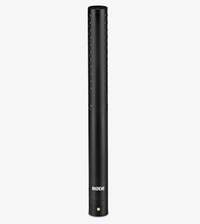
Rode NTG5
A good mic for around half the cost of the Sony, but not as well balanced, physically or audibly.
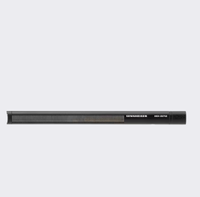
Sennheiser MKH416
A fantastic mic, it's not quite the cost of the Sony, but it's not quite as good either.
For other alternatives, check out our guide to the best shotgun mics

Rob is Editor of ImagineFX magazine and also works as creative director for his own studio, Pariah Studios, producing 3D animation, film and VFX for a variety of clients.
He started his career as a photographer, slowing adding 3D, film and visual effects and film into his toolbag, working across TV, web and print, with clients ranging from Blackmagic Design and HMV to Games Workshop and Royal Mail.
When not on at his desk he can be found building and playing guitars or out in the wilderness with his dog.
You must confirm your public display name before commenting
Please logout and then login again, you will then be prompted to enter your display name.
